
Wir reisen, also sind wir
vakantio.de/wirreisenalsosindwir
El Salvador: Panchimalco (& San Salvador Part 3)
Maxxanfame: 08.04.2018
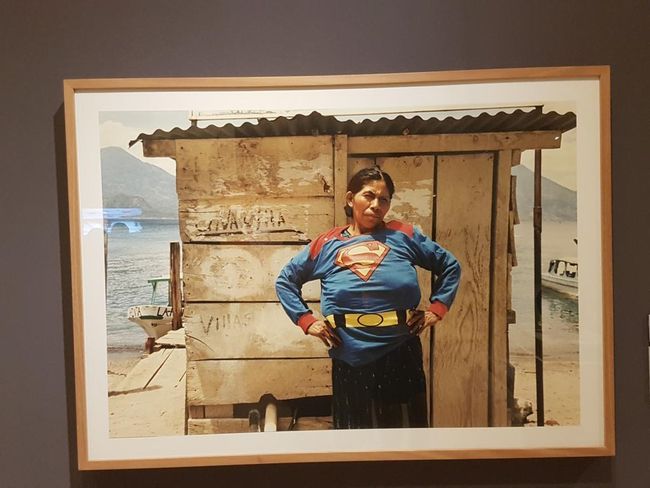
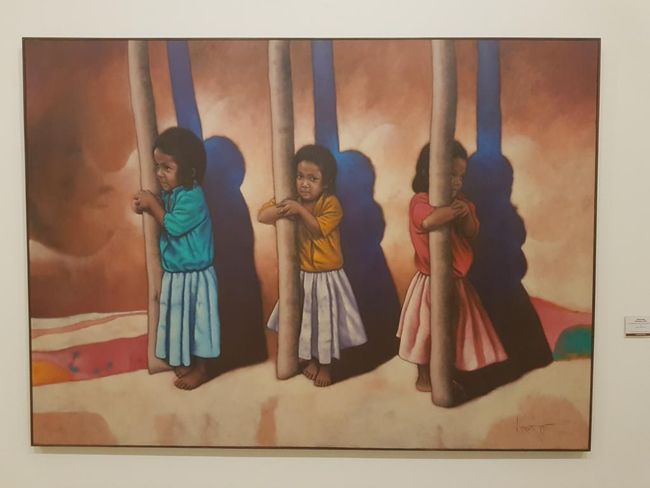
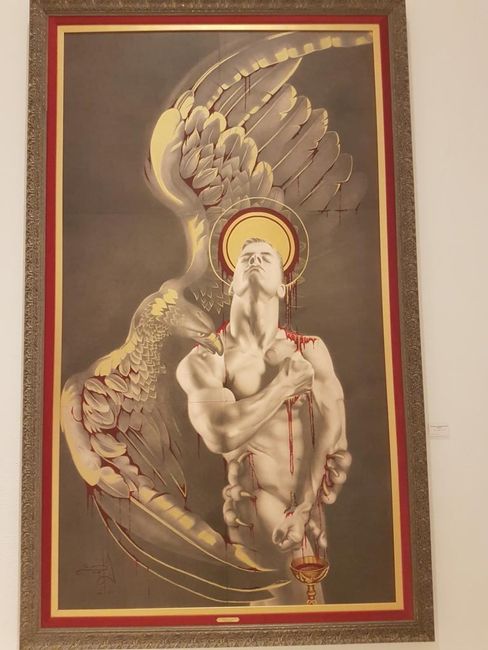
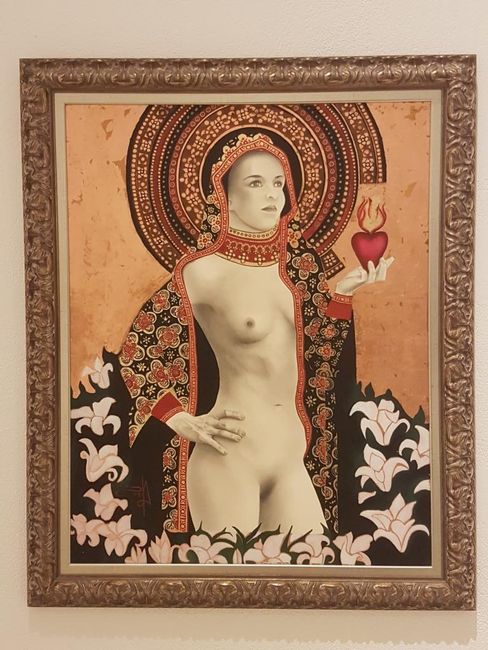
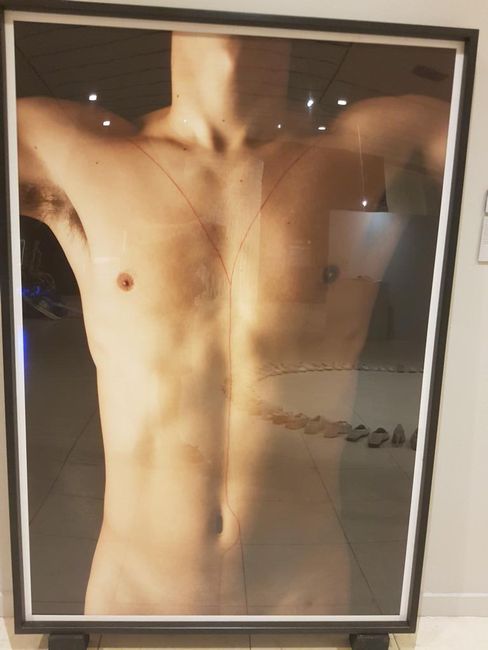
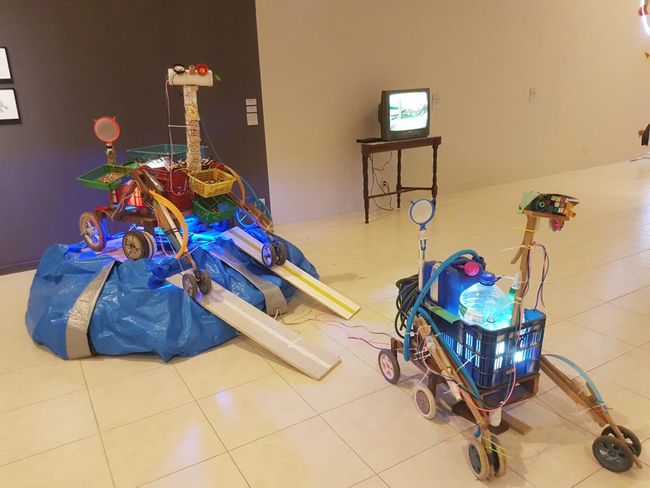
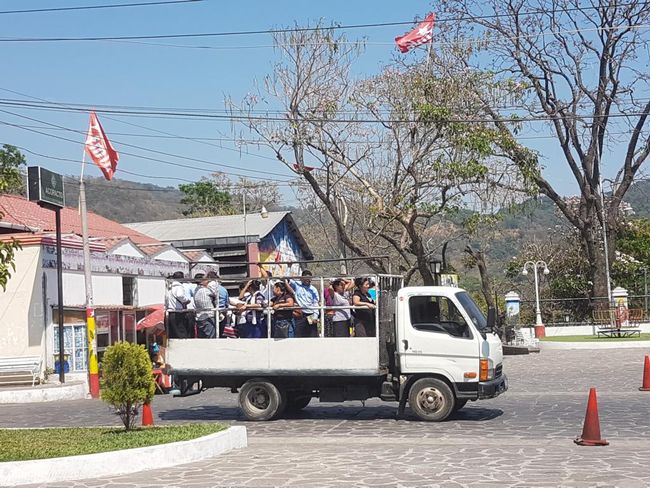
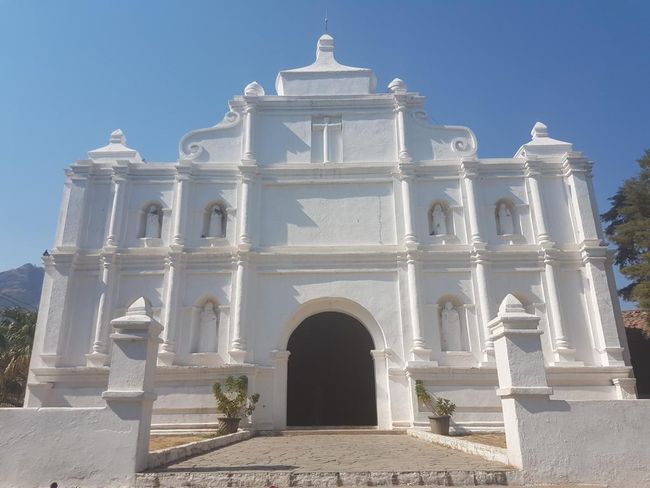
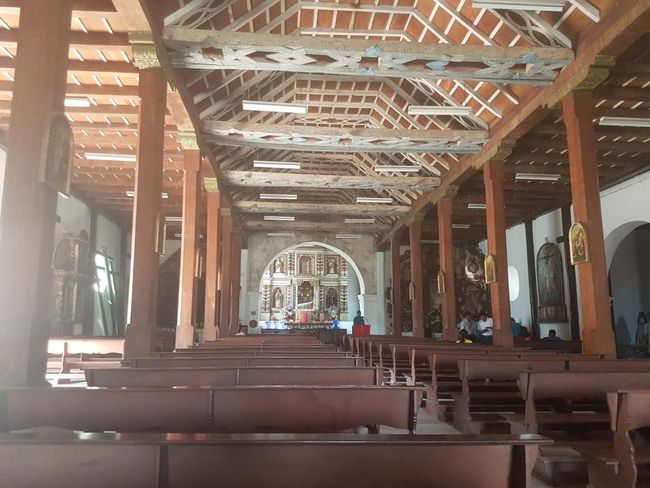
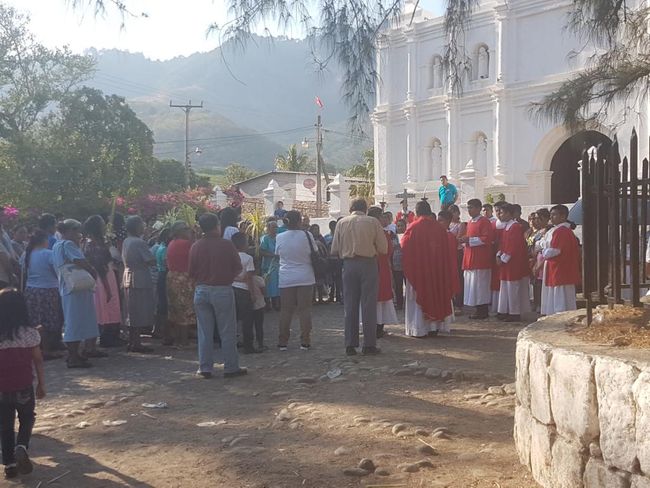
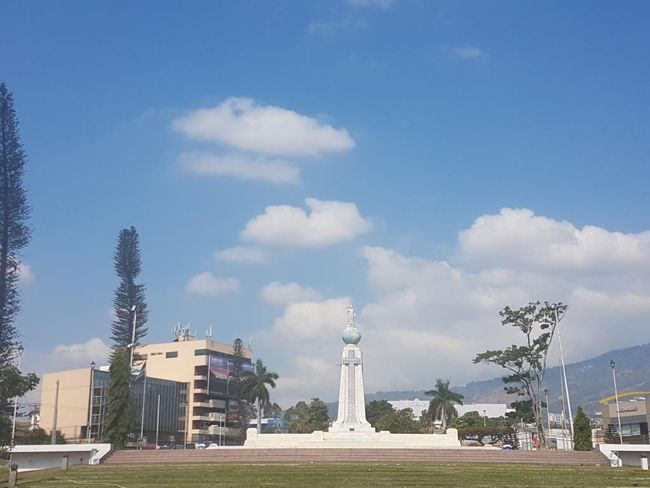
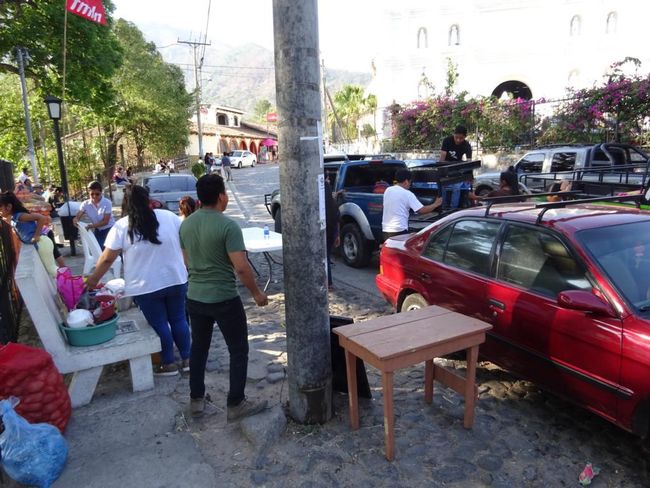
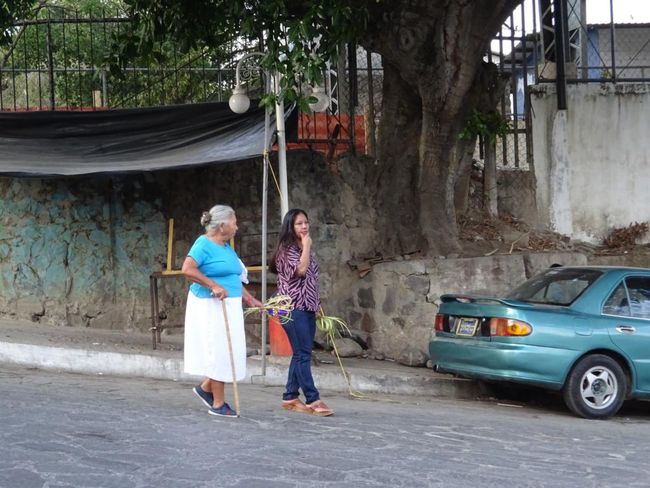
Barruu Oduu Subscribe godhaa
In every country, there is a city where you keep coming back to. Most of the time, it's because this place is a transportation hub with the best bus connections to other places. Usually, these are not the most beautiful spots in the country, where there is a lot to see, and they are often not the safest areas either. In Mexico, it was Merida, in Colombia, Bogota, in Belize, Belize City, in Guatemala, Antigua, and in El Salvador, it was San Salvador. We came to San Salvador for the third time to go to Panchimalco, but more on that later.
After arriving in the city at noon, we decided to go to the Museum of Art in the afternoon. We are not exactly art enthusiasts, but a change of pace is always good. The museum is nice and mainly exhibits works by Salvadoran artists. The painting section didn't impress us much, although there were some special pieces. The most interesting part was the section on modern art, where different installations are shown, dealing with Salvadoran culture, the civil war, or other current topics in El Salvador. The most impressive work for me was the imitation of a Mars rover, to which boxes and stalls filled with food and candies were attached. The boxes and stalls symbolize the "mobile vendors," which are typical in El Salvador and offer various goods for sale everywhere. The parallel to the Mars rover represents the principle of "searching for life." Just as the Mars rover is used in the universe to search for extraterrestrial life, the stalls are used here in Salvador to search for life for the local families.
Another exhibition piece that moved me was the photograph of a performance artist who tattooed a red line on his torso, exactly the incision line that occurs during an autopsy. He is also depicted in the pose of Christ on the cross in the photo. He wants to draw attention to the violence prevalent in El Salvador and to highlight how many young people carry this scar at the end of their short lives.
There were several other very innovative and creative installations that deal with sad events in history and difficult social aspects of El Salvador in a very sincere way. The museum is small, and the visit doesn't take up a whole day, but if you're already there and have some time, you should check it out.
On Sundays, we wanted to go to the small village of Panchimalco outside of San Salvador to see the celebrations and processions for Palm Sunday, for which the place is apparently famous.
The day before, we had met a German couple at the hostel who wanted to join us. However, they were even less of early birds than we were, so we agreed on a relatively late departure time. I was pretty annoyed when they messaged us the next morning at the agreed time, saying they wouldn't come after all. I was even more annoyed when we finally arrived in Panchimalco and found out that the morning celebrations had just ended. It would continue in the afternoon at 4 o'clock, which was exactly 4.5 hours later. Haha.
We stood out quite a bit in this village, as we were the only foreigners here, and we were immediately besieged by some drunken people who were babbling incoherently in Spanish and probably wanted money. What else. There are relatively few beggars in El Salvador, especially few who specifically approach tourists, as is common in other places. Probably this is simply because there are barely any tourists here. But occasionally, it happens that drunk people seem to lose their inhibitions and think to themselves: Hey, that white guy, maybe I could ask him for a dollar for another beer. And as is unfortunately usual for heavily intoxicated people, they usually don't give up easily and continue to talk persistently, even though you make it clear several times that you don't understand a word.
So we fled from that main square and found a shady bench in the small park where we would wait for the procession for the next 4.5 hours. That's what we were told: the procession begins at 4 o'clock. So we waited...and waited...and observed a little bit of what was going on in the sleepy village.
Around 3 o'clock, we gathered in front of the church again so as not to miss anything, but there was nothing to miss. Nothing happened, and there were only a few people there. So we sat back on a bench. And waited...and waited...eventually, a pickup truck arrived with some people and equipment. They unloaded their stuff and started setting up a food stall on the street in front of us. Very well, food for the people was being prepared, so it won't be long before it starts. So we waited some more...and waited...
Just before 4 o'clock, some people actually came with palm leaves in their hands and gathered in the church square. Finally! It's starting! The church door opened, and a priest came out, followed by the church attendants carrying a cross. Yay, the procession begins! We quickly stood up and positioned ourselves along the road. And we waited...and waited...but nothing happened. So we went closer to the church square and found out that the priest was reading from the Bible. Ahh. Okay. It will continue later then. And indeed! Afterward, it continued! However, in the wrong direction! The priest turned around and marched back to the church with the church attendants, the cross, and the procession. Huh?!
Well, apparently, there was a church service first before the procession would start. So we thought that, since we didn't want to miss anything important, we should participate in the church service. Interestingly, during our time here in Latin America, I have witnessed a fair number of church services, more than in my entire life before. However, we have never actually followed a church service from beginning to end. Most of the time, we just stumbled into the church because we wanted to see the building and had no idea that there was a Mass going on.
This time, we attended the Mass from the beginning... but we still didn't make it to the end. The church was quite crowded, it was oppressively hot and stuffy, and we didn't understand much of the church Spanish anyway. Apart from that, it was honestly the ugliest church I had ever seen, at least from the inside. Besides, the whole thing took longer than expected, there was no sign of when another procession would ever start. And we started to worry about how we would get back to San Salvador, especially since it would soon be dark. We endured for an hour and a half in the hot, stuffy church. We stood up with the crowd, we sat down with the crowd, but we skipped the kneeling part. We simply recited the Lord's Prayer in German, which didn't really stand out. Interestingly, the church congregation here in Latin America doesn't sing themselves. Church hymns are either performed by someone or played only by an instrument. Anyway, after an hour and a half, we gave up, sneaked out, and made our way to the bus stop. We asked some people along the way about the procession and when it would actually take place. But each person said something different, so we eventually started seriously doubting that there would even be a procession and gave up for good.
When the bus finally arrived, it was already getting dark, and by the time we reached San Salvador, it was completely night. Not exactly the time of day you wish to arrive in this city. Furthermore, the bus didn't go to the terminal, the final stop was in the city center. Also not the place you wish to arrive at this time of day in this city. Well, as soon as we got off the bus, we grabbed the next taxi, in which the driver's wife was still breastfeeding their child, but we didn't care. The taxi took us home safely.
We were pretty disappointed with our trip to Panchimalco. If we had known it would be such a disappointment, we probably wouldn't have come back to San Salvador for the third time. But as they say, hindsight is always 20/20.
Barruu Oduu Subscribe godhaa
Deebii
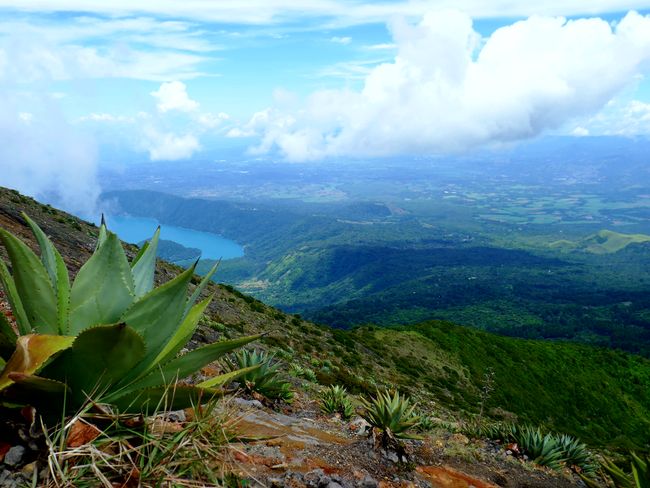
Gabaasa imala El Salvaador
